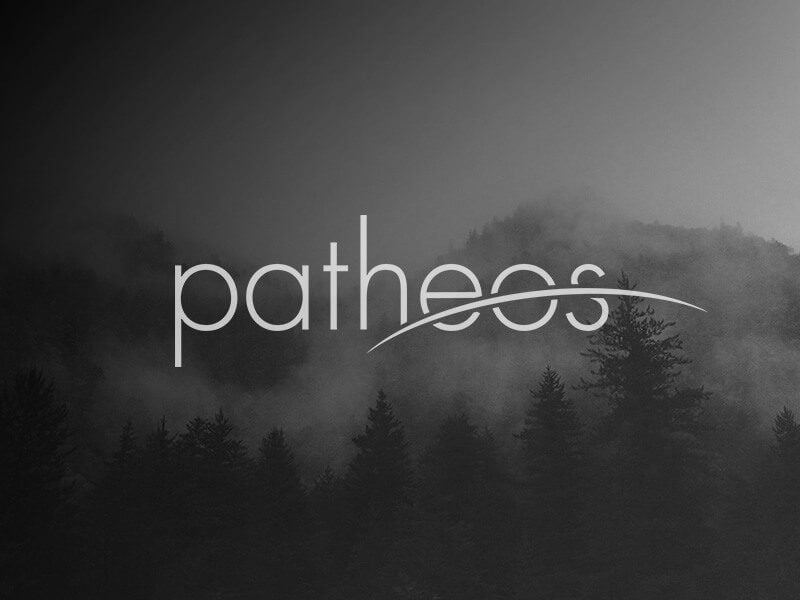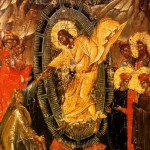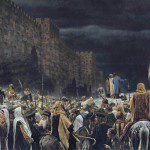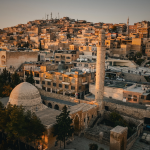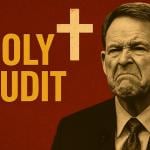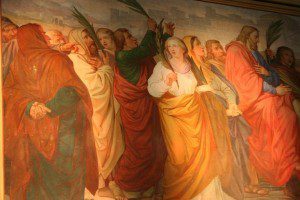
a multitude keeping festival . . . Ps. 42
I like the word festivity. It’s a little different from celebration, a lot different from partying. It has a slight antique ring to it, as well it might: references to festival, festal occasions and festivity go back as far as Exodus. Festive refers both to the nature of an occasion and to the collective state of mind such occasions foster–a lovely weave of thanksgiving, celebration—usually of something completed, something survived, something brought to fruition–and hope.
The festivity of Palm Sunday, though, is heavily shaded with irony. On the original occasion, Jesus rode a donkey into Jerusalem hailed by crowds still throbbing with awe at the raising of Lazarus, crowds who wanted Jesus to be their king, who laid their cloaks on the roadway to carpet his path and sang out Hosannahs. But he knew what we know who have read the whole story: the same fickle crowds would in five days be calling for his execution.
But then, the irony of that execution would be that it made way for resurrection.
This is a recurrent pattern in all human stories, as in the biblical story: hope crests, is dashed, and rises again, chastened, tested, taught, more complex, more mature, wider in its vision. “I said to my soul . . . wait without hope,” Eliot writes, “for hope would be hope for the wrong thing.” Like hoping for political solutions in a way that obscures what is happening at a spiritual, cosmic level. Politics matter, but the political narrative, disengaged from a deeper understanding of our planetary journey, is thin and inadequate.
I was touched yesterday to hear in a sermon the priest’s own story about awakening into a new awareness that he described as “falling in love” with God on a Palm Sunday 40 years ago. It was the festivity of the occasion that opened his heart—people waving palms, singing and processing, enacting an ancient ritual together, stepping into the story that unfolds over the course of Holy Week with remarkable immediacy. Ritual time is not historical; it obliterates at least briefly the distance between then and now, gathering all participants into one epiphanic moment where what has been revealed is revealed, new again. The priest who told the story of his own summoning on that day recalled how tears came, how at the time he was not a person given to much emotion—certainly not in public. He “found himself” weeping. And changed.
That’s another term I like: I found myself. We all, I imagine, have that experience of “finding ourselves” doing something uncharacteristic, odd, unexpected, even unsettling. Something in us moves, is moved, and we have to catch up with it. The self doing the catching up is the ego self, the conscious self. I find it reassuring to know that there is a deeper self that is more susceptible to the nudges and subtle direction of the Spirit, not stopped by fears or inhibitions, open and childlike and freer than the “I” who censors and calculates.
I think, as in the priest’s story, truly festive occasions may achieve their purpose when we “find ourselves” in them. We relocate our own stories in a larger story. Gathered, we suddenly see one another as members, fellow travelers, people sent on journeys, people found and loved, people given to one another as companions on those journeys. “Here,” the Spirit seems to say, “enjoy one another. Enjoy the moment, even when you know darker days are coming, lest you forget the “chief end of man,” which, as the Westminster Catechism puts it, is “to glorify God and to enjoy him forever.”



